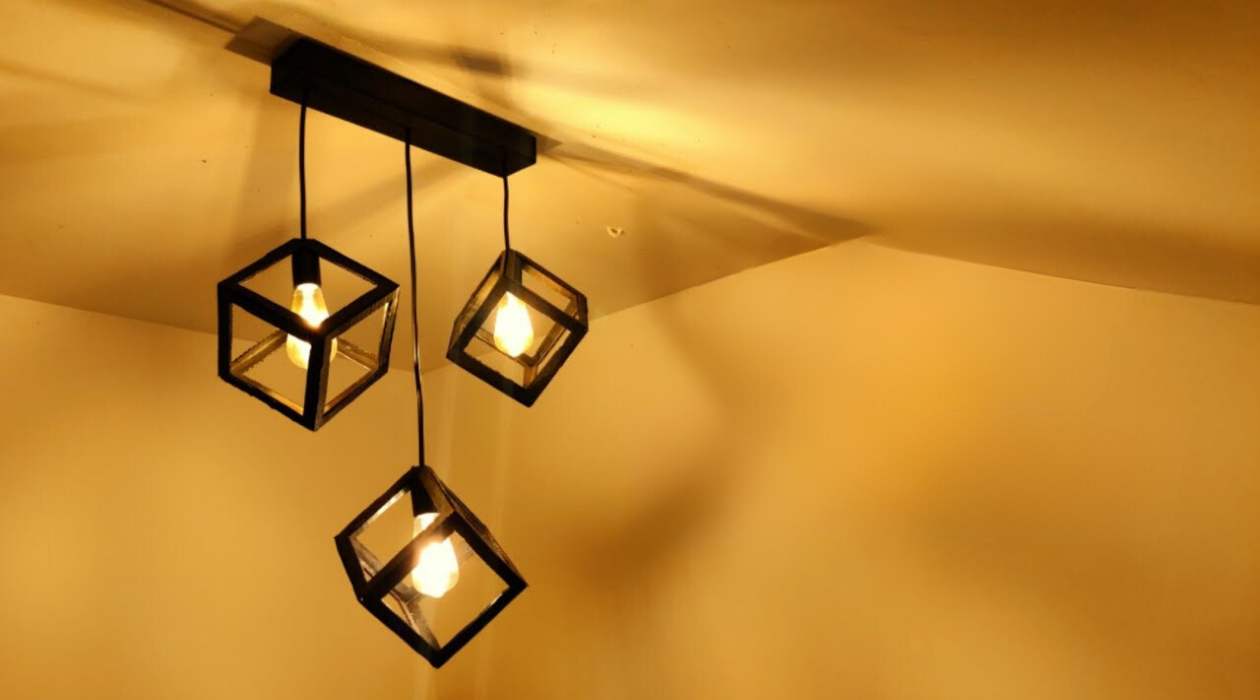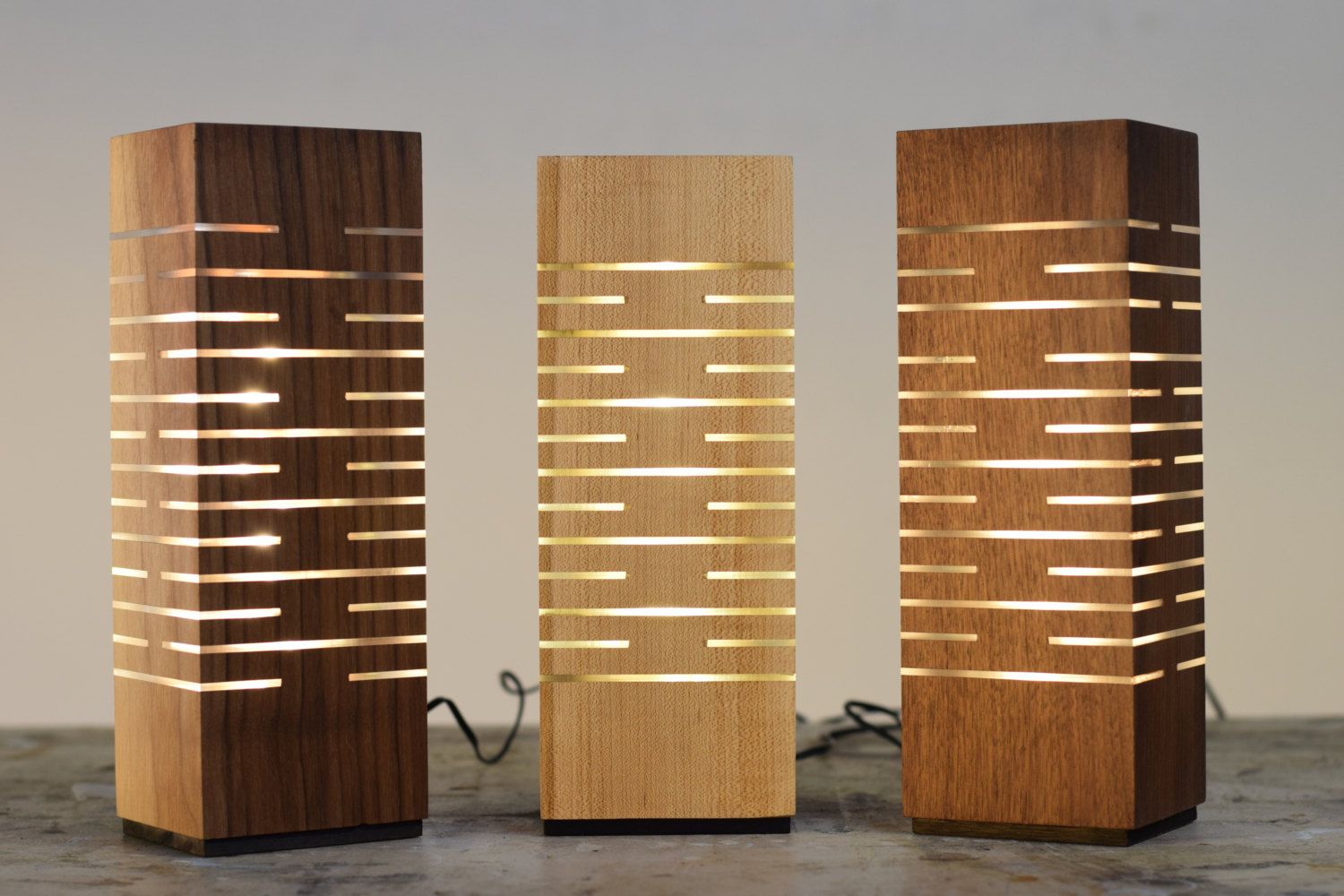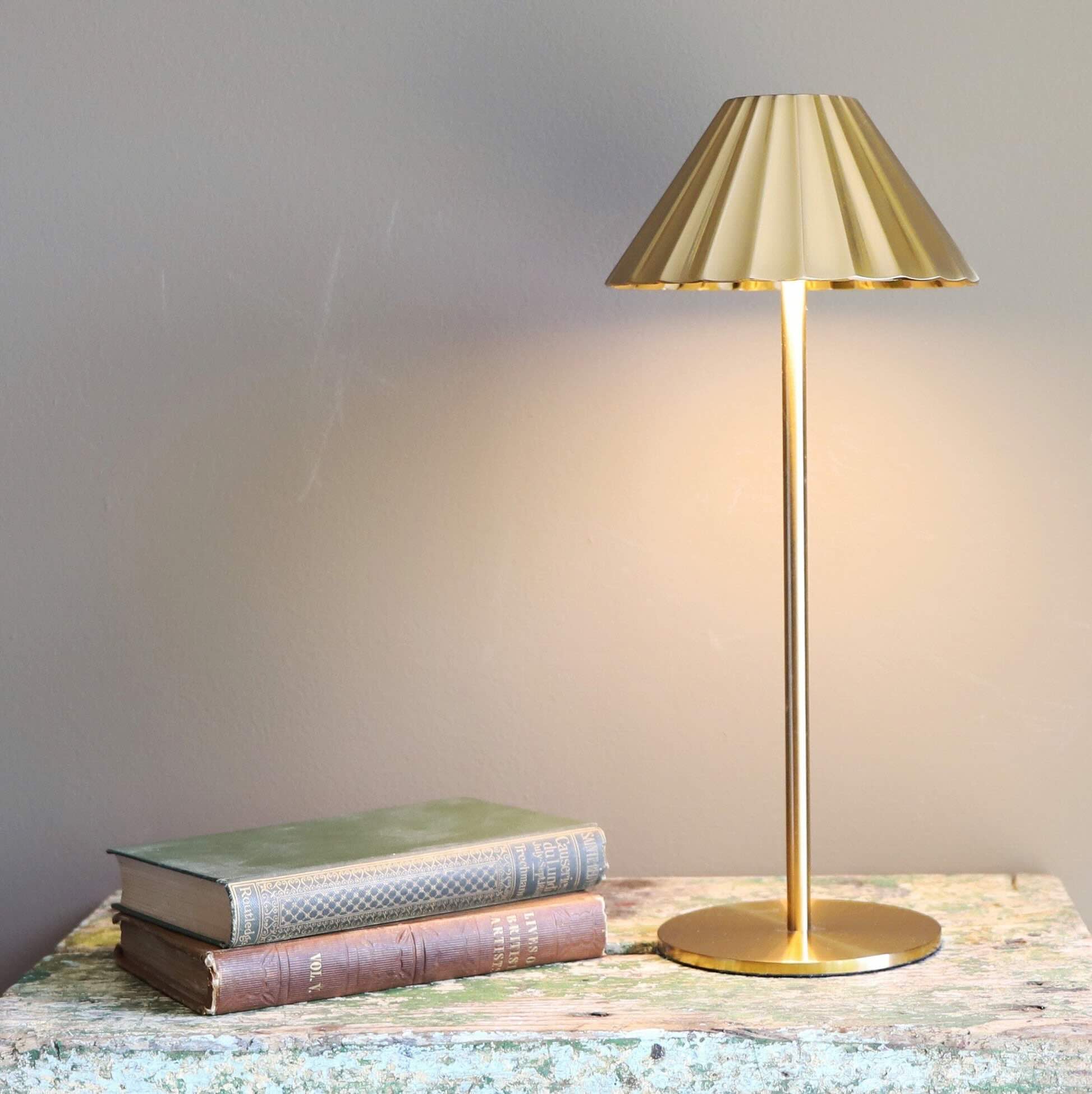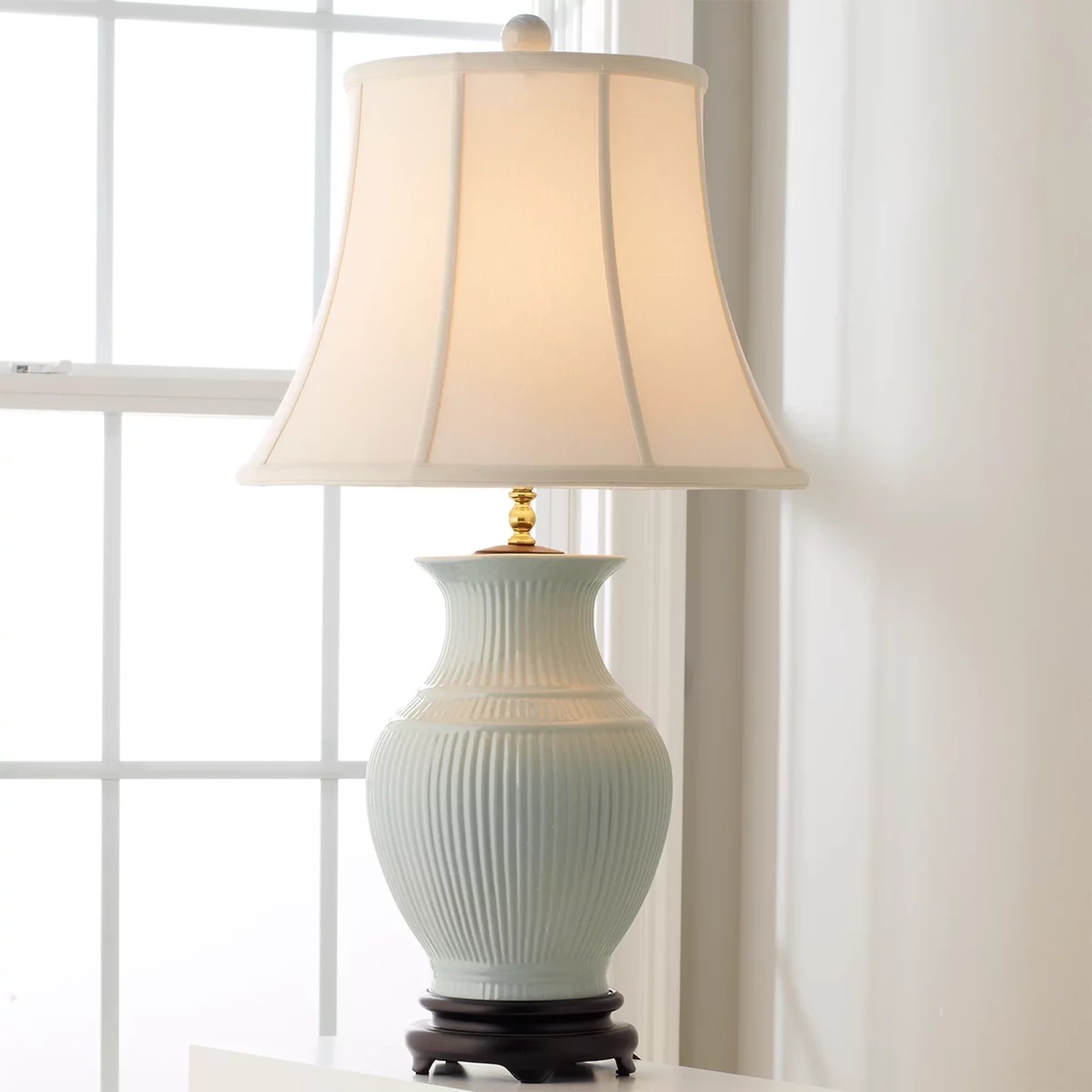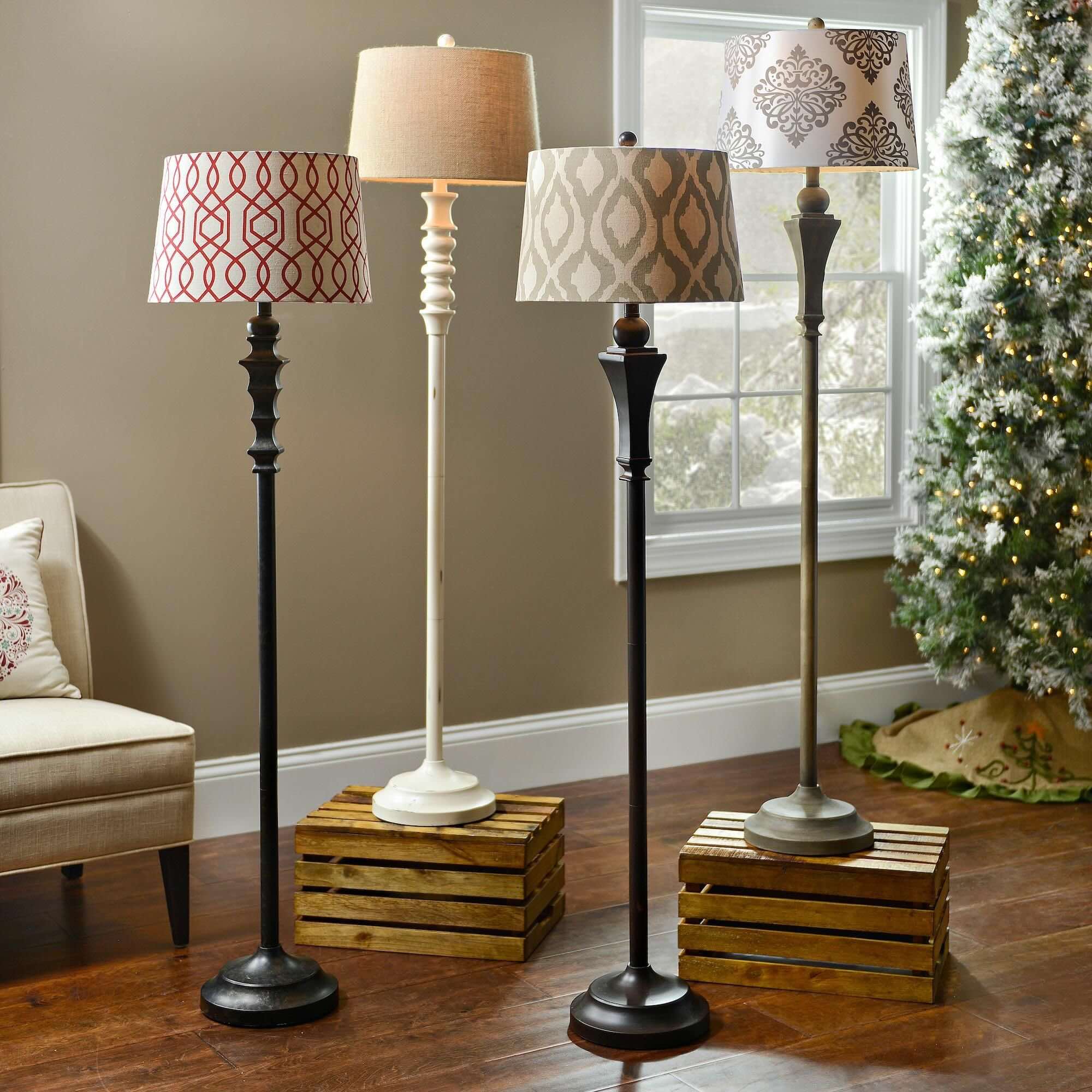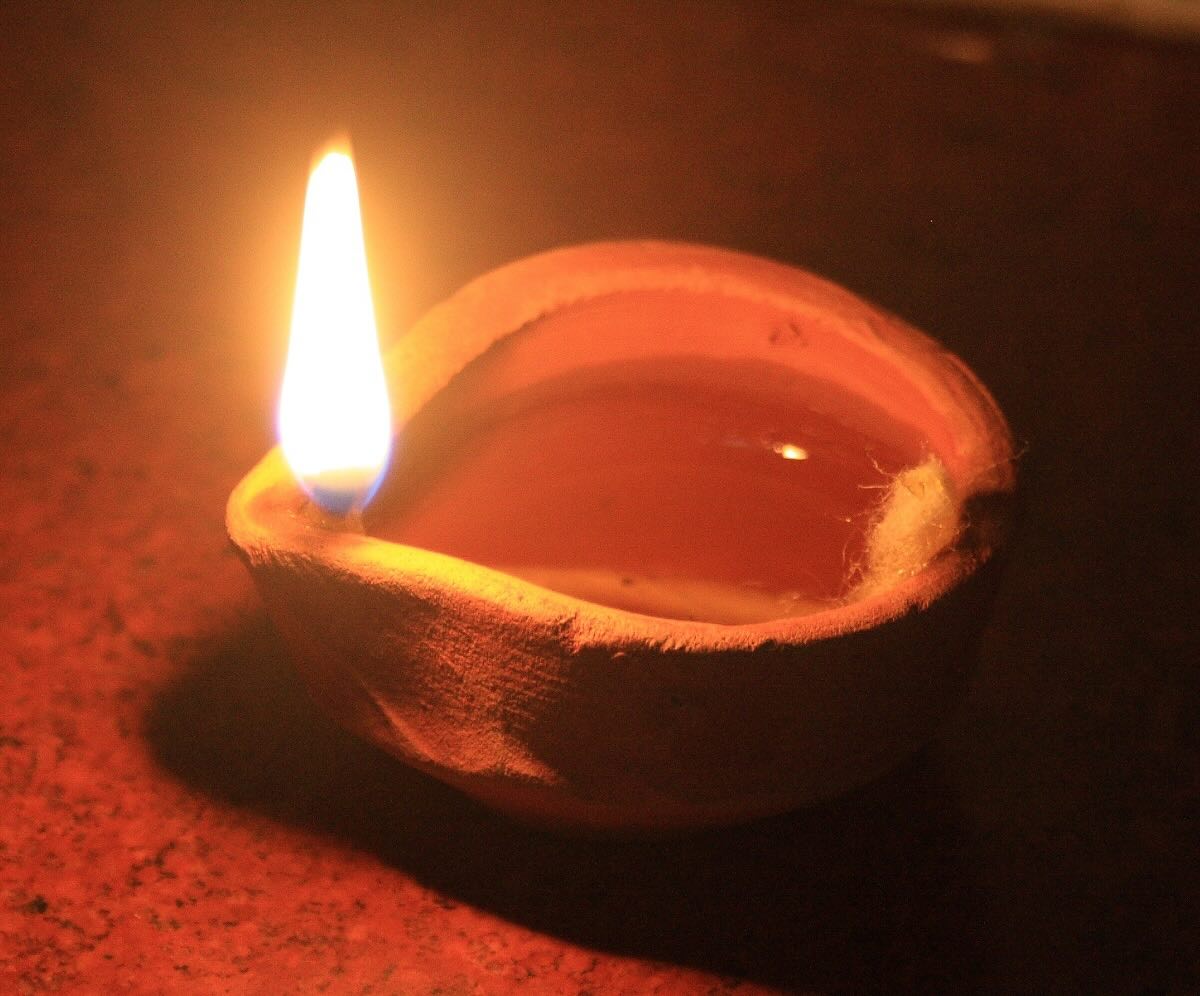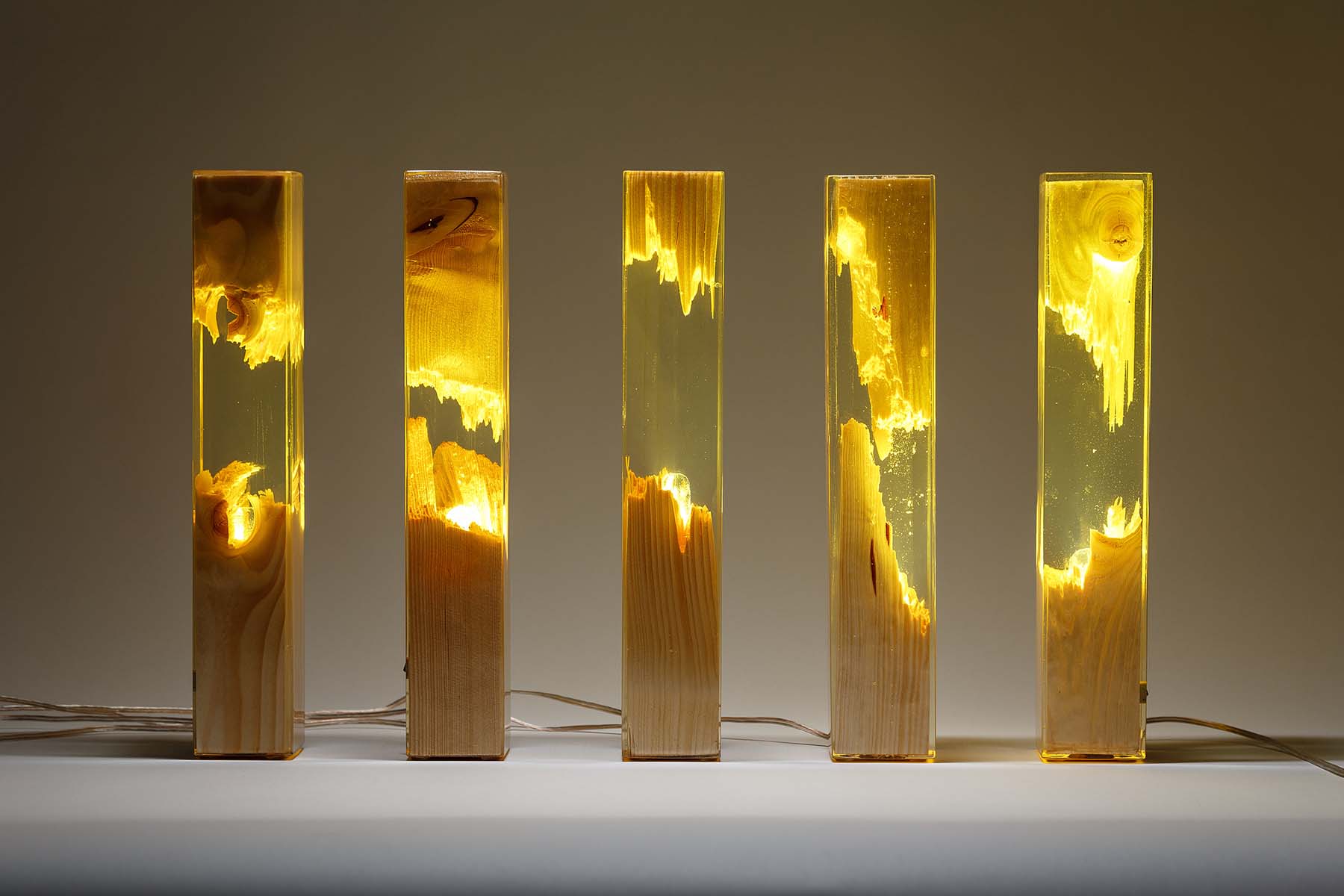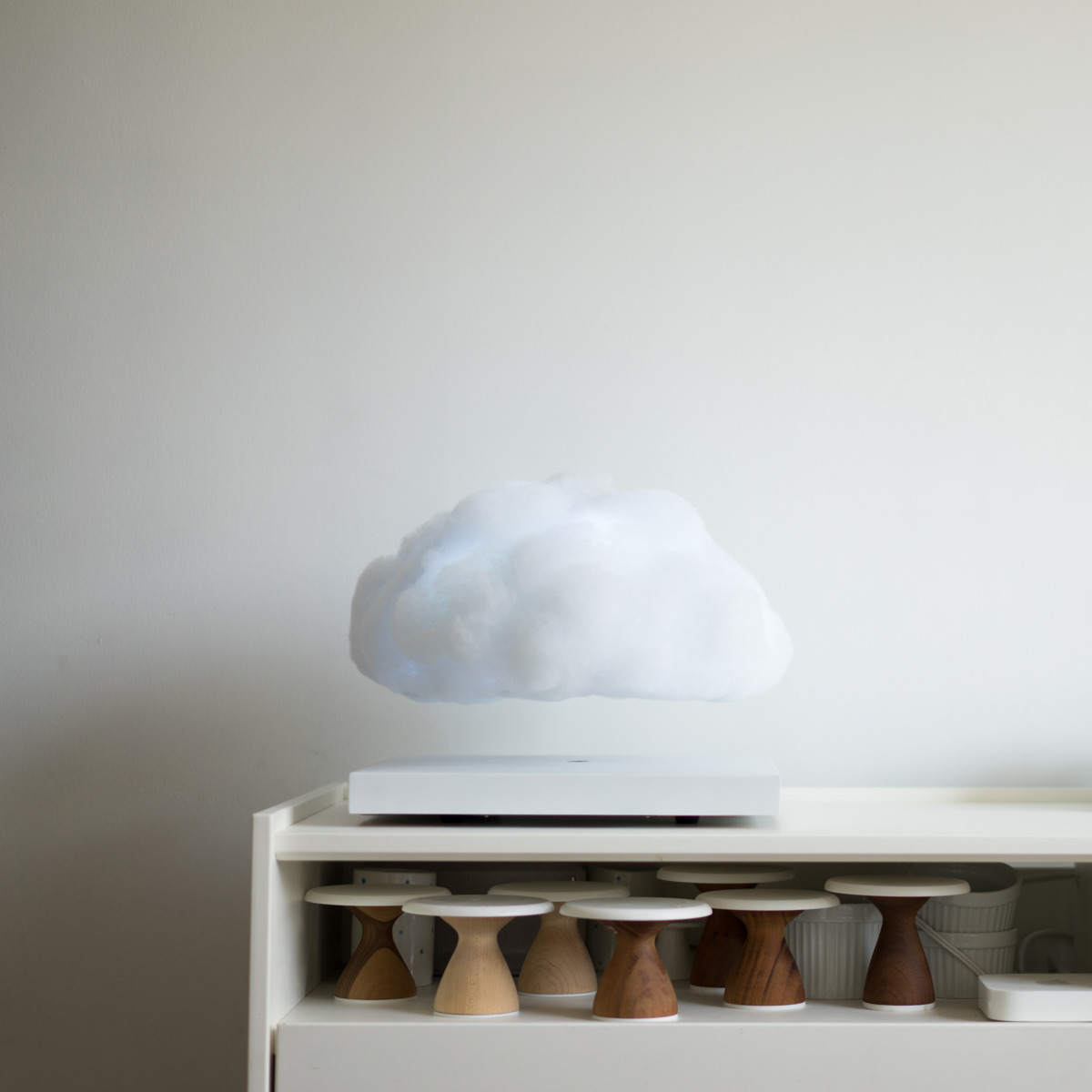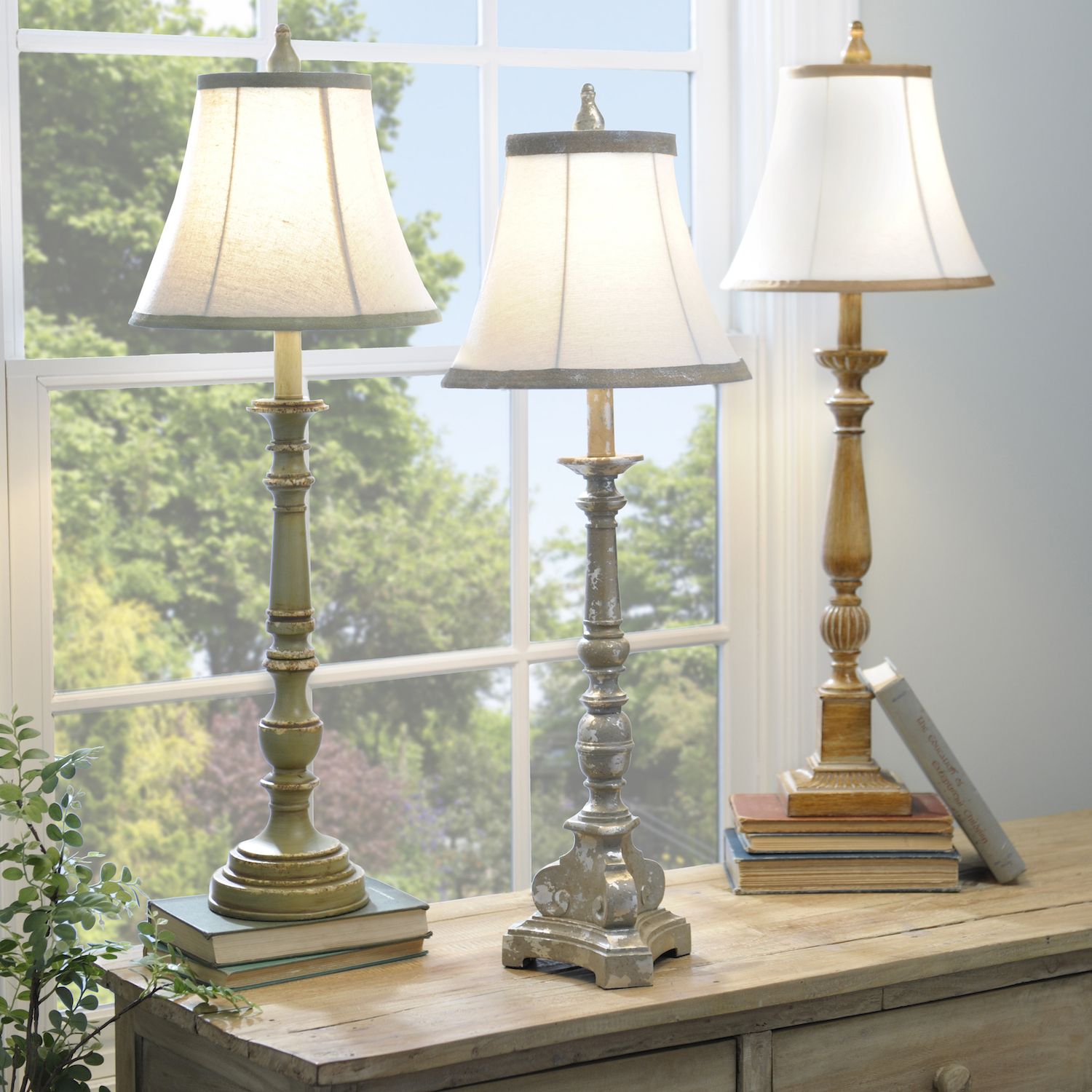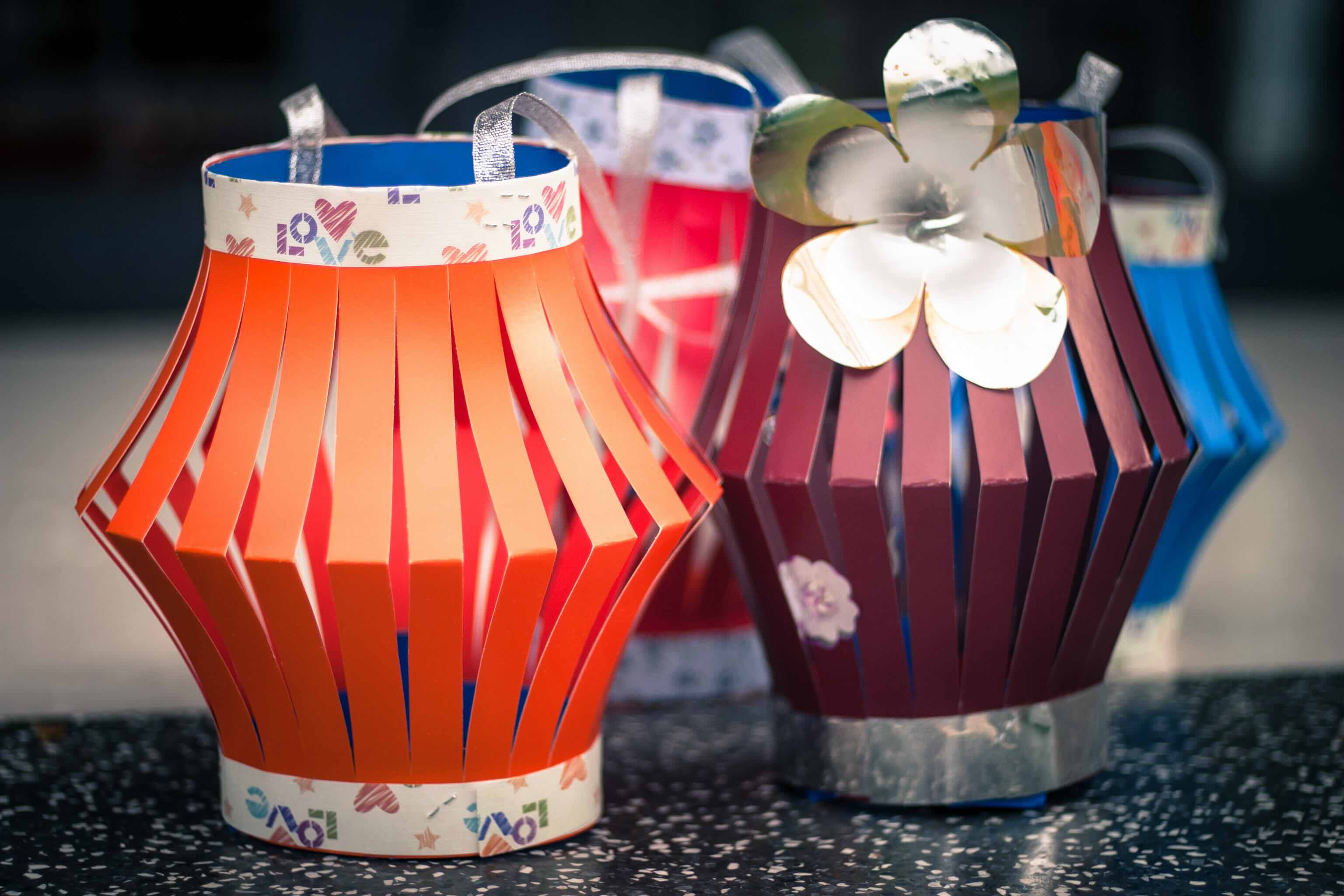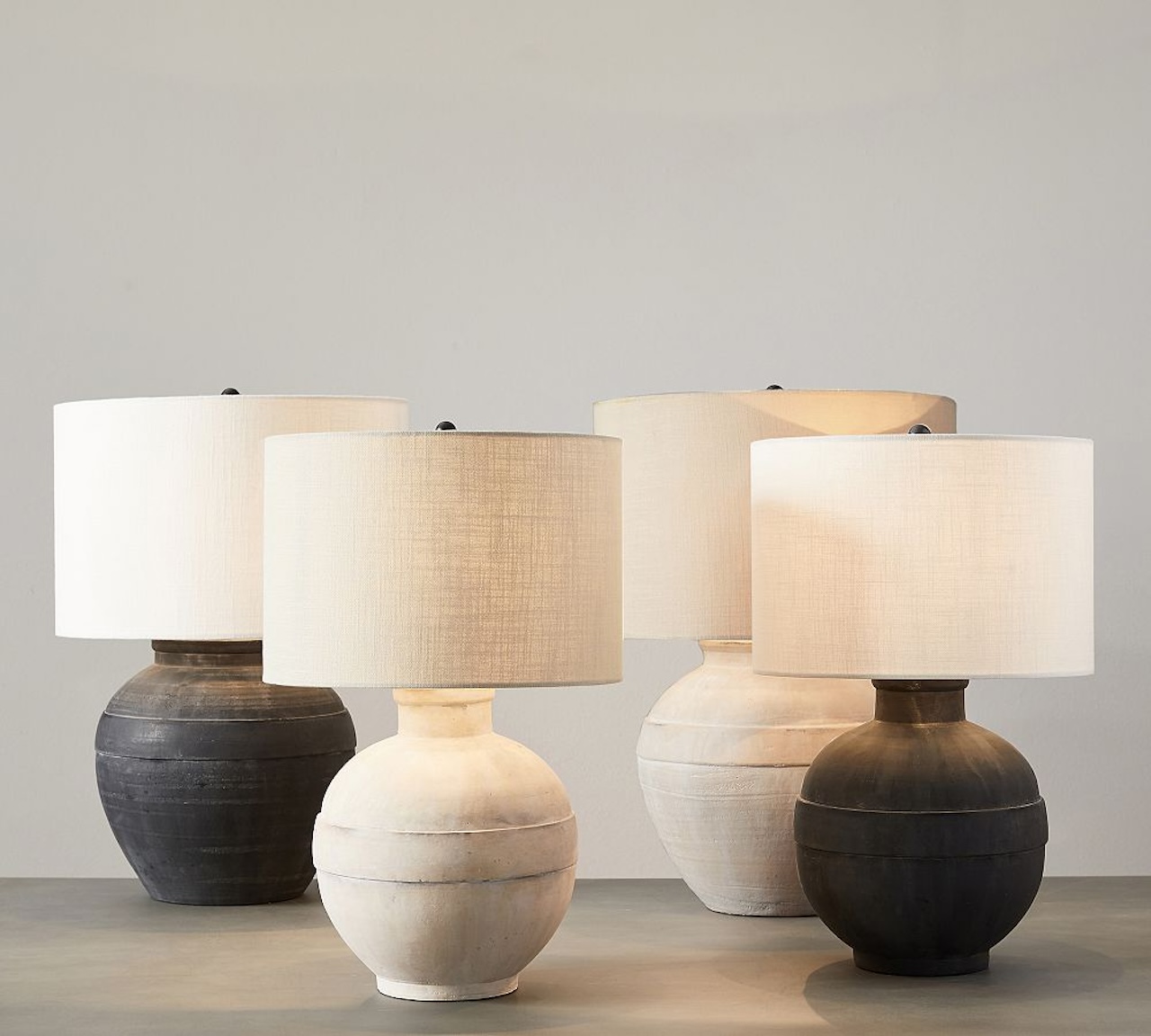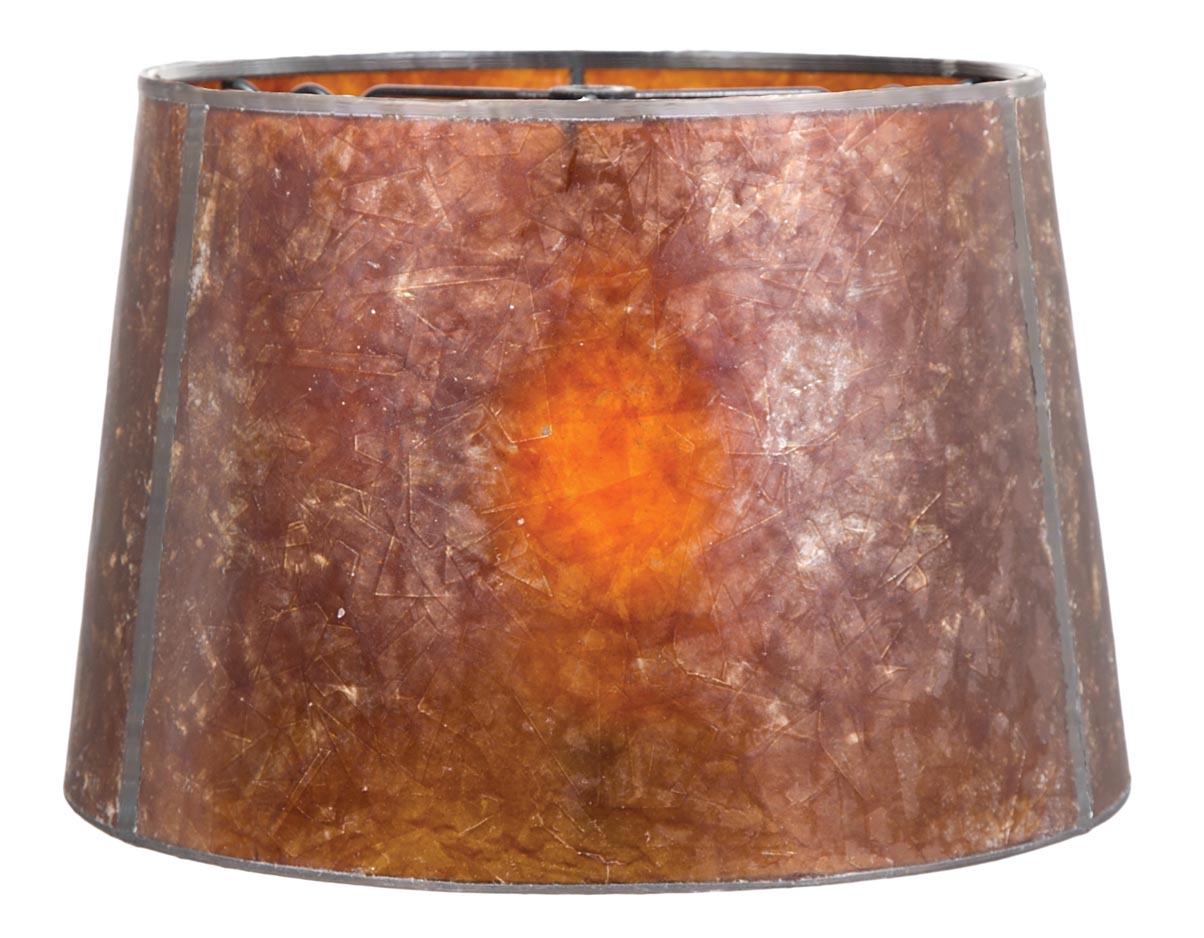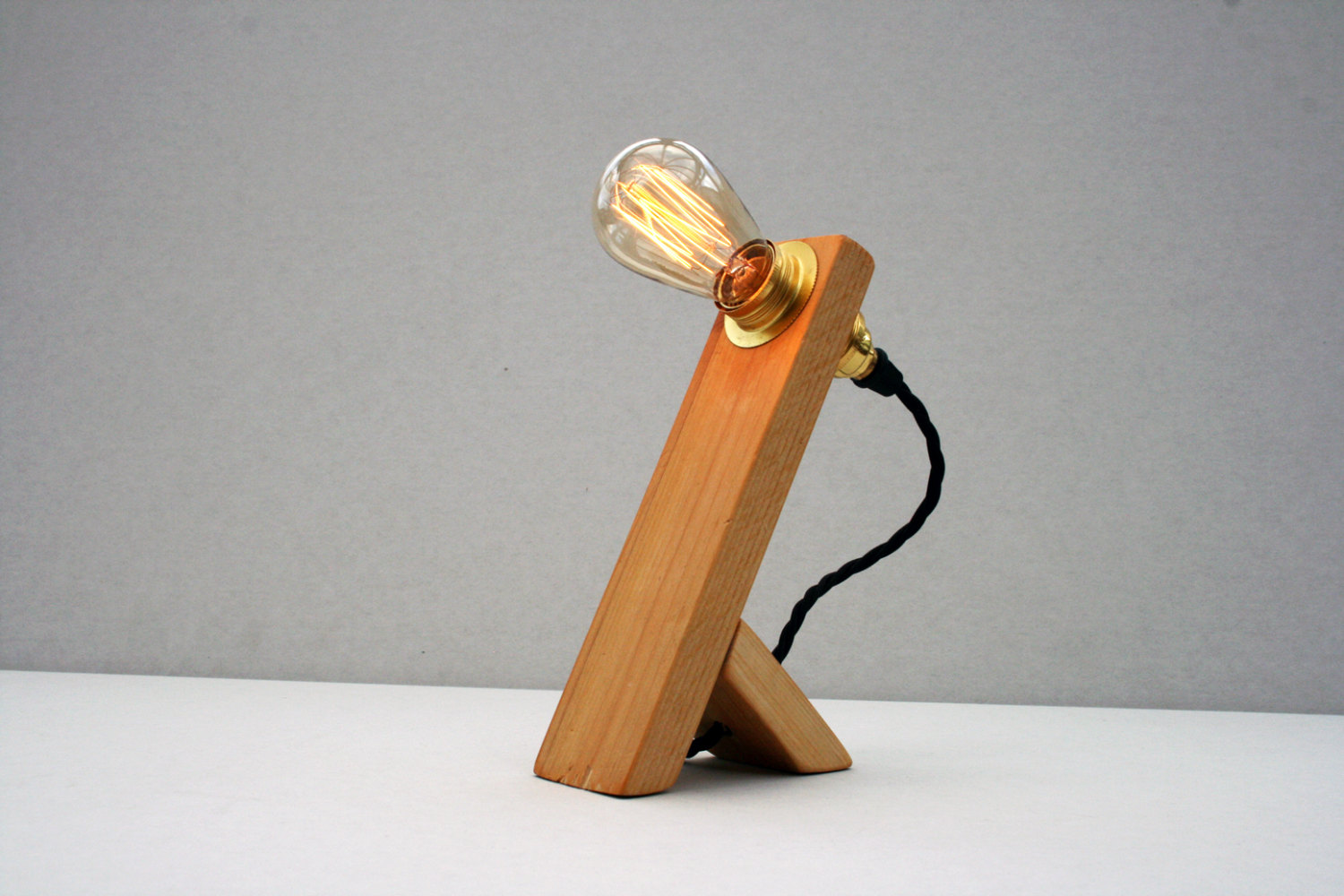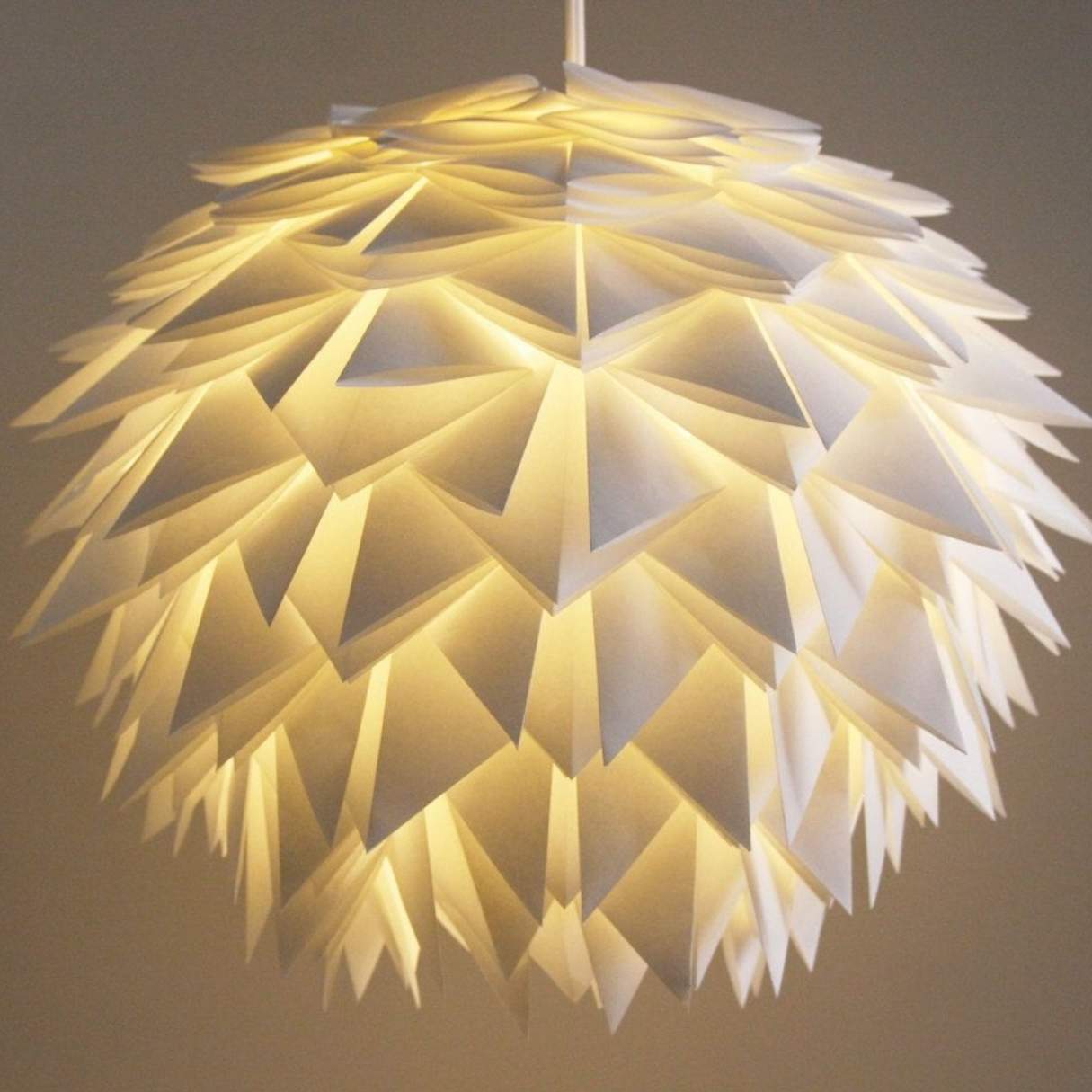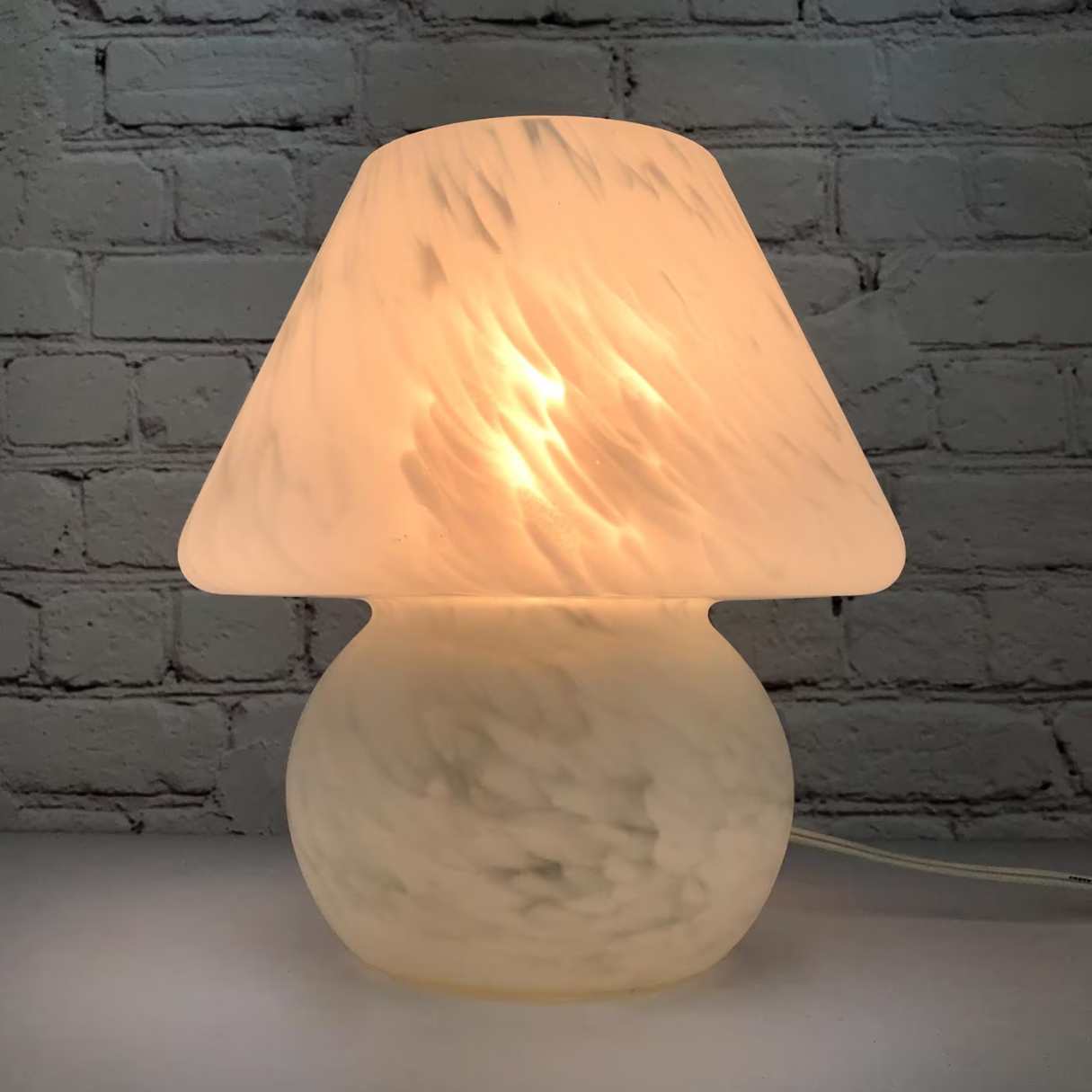

Furniture
How To Make A Mushroom Lamp
Modified: August 27, 2024
Learn how to create a stunning mushroom lamp for your home decor. Get step-by-step instructions and discover tips for using mushrooms in furniture design.
(Many of the links in this article redirect to a specific reviewed product. Your purchase of these products through affiliate links helps to generate commission for Storables.com, at no extra cost. Learn more)
Introduction
Welcome to the world of DIY furniture and lighting! If you’re looking to add a touch of whimsy and uniqueness to your home decor, making your own mushroom lamp is a fantastic project to undertake. This charming piece combines natural elements with functional lighting, creating a focal point that will surely spark conversation.
Not only will this project allow you to express your creativity, but it also offers a deeper connection to your space as you handcraft a piece that reflects your personal style. Whether you’re an experienced DIY enthusiast or a beginner looking for a fun and rewarding project, this step-by-step guide will help you create a stunning mushroom lamp that will illuminate your living space.
Before we dive into the details, let’s gather the supplies you’ll need to bring this project to life.
Key Takeaways:
- Create a whimsical mushroom lamp by following this DIY guide. Express your creativity, personalize the design, and illuminate your space with a charming and unique piece of functional art.
- Gather supplies, construct the wooden base, assemble the lamp, wire the electrical components, add the LED bulb, and personalize the finishing touches to craft your own enchanting mushroom lamp.
Read more: How To Make Mushroom Jerky In A Dehydrator
Supplies Needed
Before you begin creating your mushroom lamp, it’s important to gather all the necessary supplies. Here’s a list of items you’ll need:
- Wooden base
- Wooden stem
- Wooden cap
- Light socket with cord
- LED bulb
- Drill and drill bits
- Screws
- Sandpaper
- Wood glue
- Paint and brushes
- Electrical tape
- Wire strippers
- Pliers
These supplies can typically be found at your local hardware store or online. Feel free to choose the materials that suit your taste and style. Once you have everything ready, we can move on to the step-by-step process of creating your very own mushroom lamp.
Step 1: Preparing the Mushroom Base
The first step in creating your mushroom lamp is to prepare the base. Start by selecting a wooden base that is sturdy and has a flat surface. You can either purchase a pre-made wooden base or create one yourself using a piece of reclaimed wood or plywood.
If you are creating the base from scratch, cut the wood into a circular shape using a saw or a jigsaw. Make sure the diameter of the base is proportionate to the size of the stem and cap you plan to use.
Next, sand the surface of the wooden base to smoothen any rough edges or imperfections. This will not only enhance the overall appearance of the lamp but also make it easier to paint or stain later on.
Once the base is smooth, you can choose to apply a finish such as paint or stain. This will add a touch of color or deepen the natural wood tone, depending on your preference. Apply the finish evenly and let it dry according to the manufacturer’s instructions.
After the finish has dried, your mushroom base is ready for the next step. Now, let’s move on to creating the stem and cap.
Step 2: Creating the Stem and Cap
In this step, we will focus on constructing the stem and cap of your mushroom lamp. For a more authentic look, we will be using wooden materials. If you prefer a different material, feel free to get creative!
Start by selecting a wooden stem that is in proportion to the size of your base. You can choose a cylindrical shape or opt for a more tapered look. Cut the stem to your desired length using a saw and make sure it fits securely onto the base.
Next, it’s time to create the mushroom cap. Using a separate piece of wood, trace and cut out a rounded shape that resembles the top of a mushroom. This can be done manually with a jigsaw or with the help of a template. Make sure the cap fits snugly onto the stem.
To add texture and give your mushroom cap a realistic appearance, use a drill to create small holes or indentations on the surface. This will mimic the natural patterns found on mushrooms.
Once you’re satisfied with the shape and texture of the stem and cap, sand any rough edges and apply a finish of your choice. Consider using a wood stain or paint that complements the overall aesthetic you’re aiming for.
Allow the stem and cap to dry completely before moving on to the next step. Now that we have the main components, let’s assemble the lamp.
Step 3: Assembling the Lamp
It’s time to bring all the pieces together and assemble your mushroom lamp. Follow these steps to ensure a secure and stable construction.
First, position the stem onto the wooden base. Use wood glue to firmly attach the bottom of the stem to the center of the base. Allow the glue to dry completely before proceeding.
Next, place the cap onto the top of the stem. Ensure that it is centered and aligned properly. You can attach it to the stem using screws for added stability. Predrill small holes to prevent the wood from splitting, then secure the cap using the appropriate sized screws.
Check that the stem and cap are securely fastened to the base, making any necessary adjustments or tightening the screws as needed. Take your time to ensure the lamp is stable and balanced.
Once the lamp is assembled, it’s important to ensure the electrical components are installed correctly. Let’s move on to the next step to wire the lamp.
When making a mushroom lamp, ensure that the base is stable and the stem is securely attached to the cap to prevent any wobbling or tipping over.
Read more: How To Make A Pipe Lamp
Step 4: Wiring the Electrical Components
Wiring the electrical components of your mushroom lamp may seem intimidating, but with the right guidelines, it can be a straightforward process. Follow these steps carefully to ensure a safe and functional electrical setup.
Start by gathering the light socket with a cord and the necessary tools such as wire strippers, pliers, and electrical tape. If the cord of the light socket doesn’t have a plug, you will need to attach one. Alternatively, you can use a lamp kit that includes all the necessary components.
Begin by cutting the cord to the desired length, leaving enough length to reach an outlet comfortably. Strip the insulation from both ends of the cord, exposing the inner wires.
Identify the ribbed or marked wire, which is the neutral wire, and the smooth wire, which is the hot wire. It’s important to connect these wires correctly for the lamp to function safely.
Using wire strippers, strip around 1 inch of insulation from the ends of the ribbed and smooth wires. Twist the exposed wire strands to ensure a secure connection.
Next, attach the ribbed wire to the silver screw terminal of the light socket and the smooth wire to the brass screw terminal. Loosen the respective screw terminals, place the wire around the screw, and tighten it securely.
Once the wires are connected, carefully slide the socket shell over the light socket, enclosing the wiring. Secure the shell using the provided screws or by twisting it clockwise, depending on the socket design.
Before proceeding, double-check all connections and ensure they are tight and secure. Wrap each exposed wire connection with electrical tape for added insulation and protection.
Now that the electrical components are in place, let’s move on to the next step and add the light source.
Step 5: Adding the Light Source
Adding the light source to your mushroom lamp will bring it to life and create a warm and inviting glow. In this step, we will be using an LED bulb, which is energy-efficient and long-lasting.
Ensure that the lamp is not plugged in or connected to a power source before proceeding.
Start by unscrewing the cap of the light socket to expose the bulb socket. Insert the LED bulb into the socket and twist it clockwise until it is securely in place. Take care not to overtighten, as it can damage the socket.
If your lamp has a lampshade or diffuser, carefully position it over the bulb. Make sure it fits securely and allows for proper airflow to prevent overheating. Adjust the position of the lampshade as needed to achieve the desired lighting effect.
Before plugging in the lamp, carefully examine all the wiring and connections to ensure they are properly insulated and free of any exposed wires. Double-check that the cord is in good condition and not damaged.
Once you have confirmed the lamp is safely assembled and all connections are secure, you can plug it into a power outlet. Test the lamp by turning it on to ensure the LED bulb illuminates properly.
Congratulations! You have successfully added the light source to your mushroom lamp. In the final step, we will focus on the finishing touches to make your lamp truly unique.
Step 6: Finishing Touches
Now that your mushroom lamp is assembled and the light source is installed, it’s time to add the finishing touches. This step will allow you to personalize and enhance the overall aesthetic of your lamp.
Start by examining the lamp for any rough edges or imperfections. Use sandpaper to smooth out any areas that need refinement. Pay attention to the base, stem, and cap, ensuring they are free from any splinters or uneven surfaces.
Once the lamp is sanded to your satisfaction, you can choose to apply a protective finish or paint. This step is optional but can add a layer of durability and enhance the visual appeal of the lamp.
If you decide to paint the lamp, select a color that complements your existing decor or adds a playful accent to the room. Apply the paint evenly using a brush or spray paint, making sure to cover all surfaces. Allow the paint to dry completely before handling the lamp.
For an extra touch of creativity, consider adding decorative elements to your mushroom lamp. You can attach artificial moss, small figurines, or even fabric mushrooms to the base or stem. This will further enhance the whimsical and enchanting nature of the lamp.
Take a step back and admire your handiwork. Your customized mushroom lamp is now ready to light up your space in a truly unique and charming way.
Remember, when displaying your mushroom lamp, place it on a stable surface away from flammable materials and ensure proper ventilation around the bulb to prevent overheating.
With your creativity and craftsmanship, you have successfully created a one-of-a-kind mushroom lamp that adds a touch of enchantment to your home. Enjoy the warm and cozy atmosphere it creates and bask in the pride of completing a DIY project that truly reflects your personal style.
And there you have it! You’ve reached the end of our step-by-step guide on how to make a mushroom lamp. We hope you enjoyed this creative project and that your new lamp brings joy and tranquility to your space.
Happy crafting!
Conclusion
Congratulations on successfully completing your DIY mushroom lamp! This project has not only allowed you to showcase your creativity and craftsmanship but has also added a unique and whimsical piece to your home decor.
By following the step-by-step instructions and gathering the necessary supplies, you were able to construct the wooden base, stem, and cap, assemble the lamp, wire the electrical components, and add the light source. The finishing touches, such as sanding, painting, and personalizing the lamp, have truly brought it to life.
Now, as you sit back and admire your handiwork, you can bask in the warm and inviting glow of your mushroom lamp. Its charm and enchantment will undoubtedly spark conversations and create a cozy ambiance in any room it graces.
Remember, safety is always a priority. Ensure that all electrical connections are secure, the lamp is placed on a stable surface, and proper ventilation is maintained around the bulb to prevent overheating. Regularly inspect the lamp for any signs of wear or damage to ensure its continued functionality and safety.
We hope this guide has inspired you to explore more DIY furniture and lighting projects in the future. There’s no limit to what you can create with a bit of creativity and determination. Enjoy the process of crafting unique pieces that speak to your personal style and transform your living space.
Thank you for joining us on this creative journey. Happy crafting!
Frequently Asked Questions about How To Make A Mushroom Lamp
Was this page helpful?
At Storables.com, we guarantee accurate and reliable information. Our content, validated by Expert Board Contributors, is crafted following stringent Editorial Policies. We're committed to providing you with well-researched, expert-backed insights for all your informational needs.
